Why are there so many different types of oats?
You might find yourself standing in the supermarket aisle wondering what makes an oat stabilised. Does it go to therapy? Is it wearing comfortable shoes? What makes an oat stable?
We stock many different types of organic oats at Wild Things and often get asked what the difference is.
What is an oat?
An oat, also called Avena Sativa, is a species of grain that grows from an oat seed into a groat and is then transformed into the delicious breakfast staple we all know and love.
Oats are nutrient-rich- they can lower blood sugar and cholesterol levels, improve bowel movements and make your heart healthier.
When oats are harvested, they are prepared for human consumption and eventually end up in your breakfast, milk or muffins.
Here's a rundown of the different types of oats you might encounter at Wild Things.
Oat groats:
An Oat groat is a whole oat (including the bran, germ and endosperm) with the husk removed. Oat groats are the rawest form of oat that humans can consume. They have a chewy, nutty texture and are great in breakfast bowls and salads.
Steel-cut oats:
Steel-cut oats are simply oat groats that have been cut into smaller pieces by a steal blade. This reduces the cooking time and provides a creamy delicious flavour without lowering any nutritional content. They take a bit longer to digest and can leave you feeling fuller for longer.
Oat Bran:
Oat bran is made with the outer layer of an oat groat, located just beneath the hull. Oats are ground up to create a grainy, flour texture to create bran. Oat bran is a great way to add extra fibre to muffins, cookies and other baked goods.
Gluten Tested:
What goes ‘gluten-tested oats’ mean? Aren’t oats gluten-free by nature?
The short answer is yes, oats are gluten-free. However, depending on how they are harvested, processed and transported, oats can become contaminated with gluten. Gluten-tested oats are grown and processed in a special facility then tested for the presence of gluten. According to Australian law, oats cannot be described as 'gluten-free', however can be labeled as ‘gluten tested’ if they have undergone specific testing to determine their gluten content is under a very low detectable level (usually 20 parts per million (ppm)).
Rolled Oats:
Rolled oats are lightly processed oats that have been steamed and flattened to look like the oats you typically find at the supermarket.
‘Stabilised’ vs ‘unstabilised’
Oats contain an enzyme called lipase that breaks down fat to help oat seeds sprout. Lipase can also make oats go rancid when they’re processed. This doesn’t make the oats harmful to eat however they don't taste very good.
Unstabilised oats have not been heat treated and last around 3 months on the shelf.
Stabilised oats are steamed to deactivate the lipase and extend the product's shelf life. In ideal storage conditions, stabilised oats can last up to 30 years!
‘Cold rolled’
The term ‘cold rolled’ refers to a specific process where the oat groats are steamed and then flattened with large rollers at room temperature. This process helps to preserve the nutritional value and texture of the oats. Other methods including ‘hot rolling’ or ‘steam rolling’, the oat groats are steamed and then rolled while they are still hot. The heat involved in this process can slightly alter the flavour and texture of the oats compared to cold rolling.
Quick Oats:
Quick oats are very similar to rolled oats, however, they have been steamed longer and rolled thinner to provide a faster cooking time. These oats are best for a quick breakfast and can be cooked in the microwave in just two minutes.
Oat Milk:
Oat milk is not produced by tiny hands squeezing tiny oats until milk comes out. Rather, oat milk is simply water and oats blended together and stained to remove excess pulp. This makes it super easy to produce at home.
The oat milk you buy in a carton is a bit different. Some are fortified with calcium, vitamin D and vitamin B12 to supplement nutrients found in non-plant-based milk. Others use oil such as sunflower or canola oil as an emulsifier to keep oat milk thick and creamy. Added sugar and preservatives can be found in oat milk to add flavour and improve shelf life.
However you choose to consume oats, we have plenty of organic options for you.
Come into Wild Things and ask about our selection of oats. You can even grab an oat milk latte on your way out!

